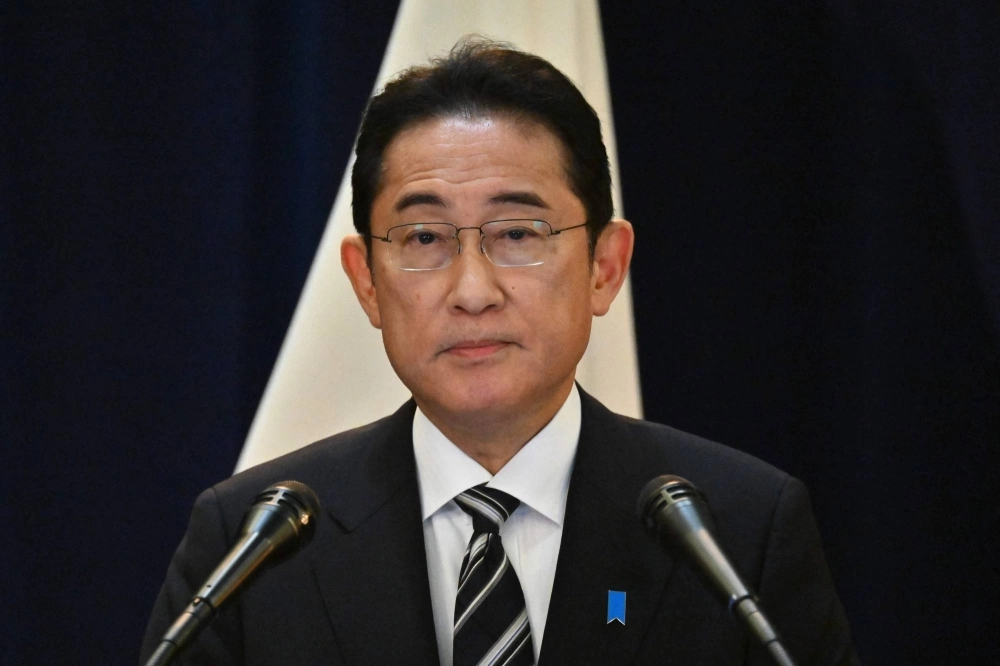Prime Minister Fumio Kishida on Monday unveiled an outline of new economic measures that are designed to facilitate momentum for “sustainable wage growth” while easing the impact of inflation.
The economy is recovering from the pandemic and is at a turning point on whether it will be able to leave behind a long-lasting “cost-cutting economy,” Kishida told reporters.
“We have the chance to move the economy to a new stage and must not miss such an opportunity,” Kishida said.


















With your current subscription plan you can comment on stories. However, before writing your first comment, please create a display name in the Profile section of your subscriber account page.